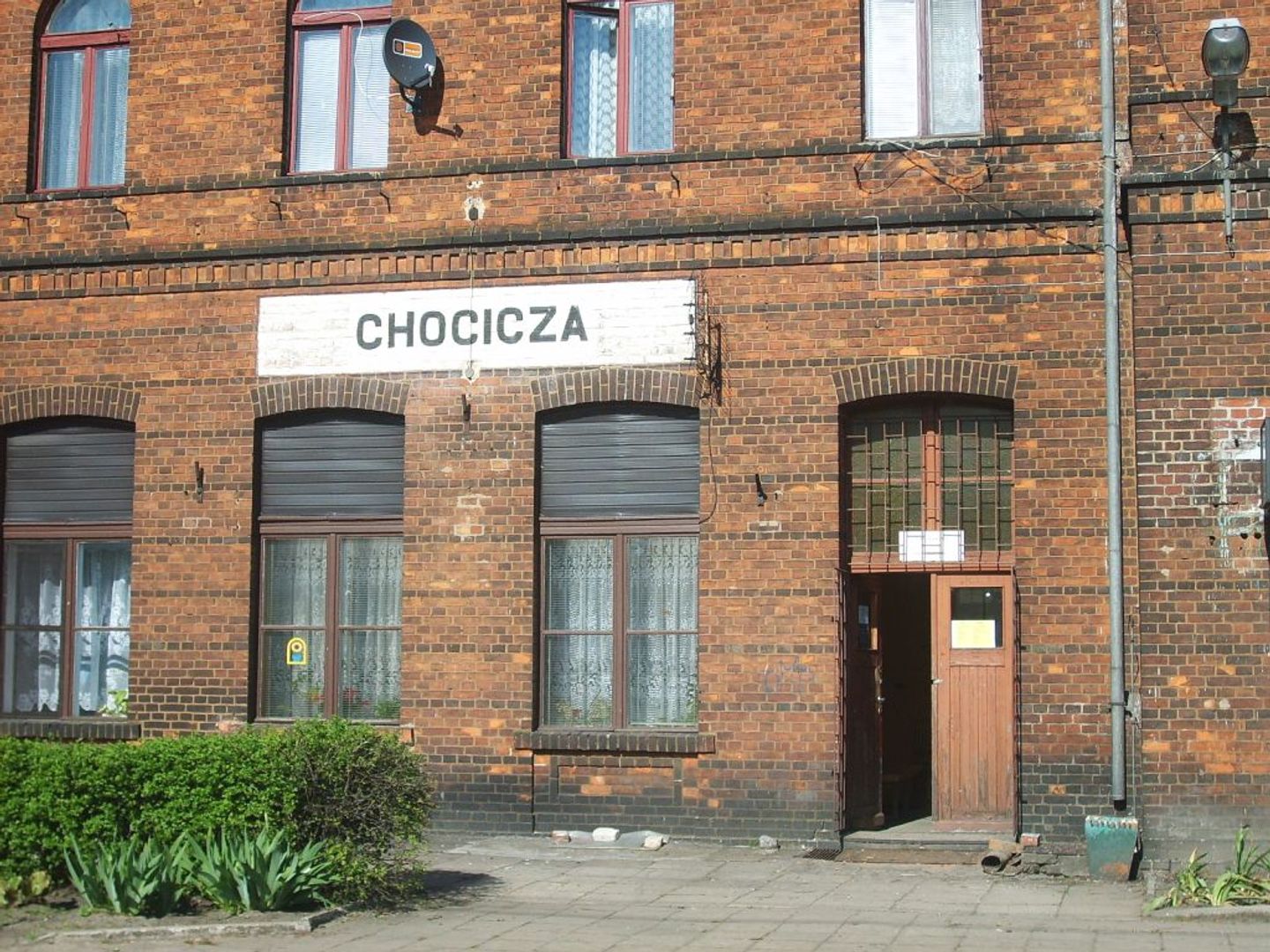Chocicza
6.19

Overview
Chocicza is a village in Poland, located in the Greater Poland Voivodeship, within the municipality of Nowe Miasto nad Wartą. Its history dates back to the 14th century, when the settlement was first mentioned in 1391. The name of the village derives from the given name Chocik (a diminutive of Chociesław). For centuries, Chocicza was inhabited by the Chocicki family, and its development accelerated in the mid-19th century thanks to the construction of a railway line and the growth of agricultural wealth. During World War II, the village was a site of activity for the Home Army (Armia Krajowa). After the war, Chocicza became a center of large-scale agriculture and the headquarters of the State Agricultural Farm (PGR) complex. The village features numerous architectural monuments, such as a railway station from 1875, an eclectic palace from 1920, which was owned by the von Jouanne family, and an old school building dating back to around 1900. The palace park, first mentioned in 1771, includes a preserved avenue of hornbeams. Chocicza has rich cultural traditions, and in 2005, its local village administrator (sołtys), Wincenty Pawelczyk, was recognized as the best sołtys in Poland. The village is well-connected, with two bus stops and a railway station offering connections to Poznań and other cities in the region. Chocicza is also home to an educational complex, including a kindergarten and primary school, highlighting its importance in the local community's education.
Location
2025 Wizytor | All Rights Reserved